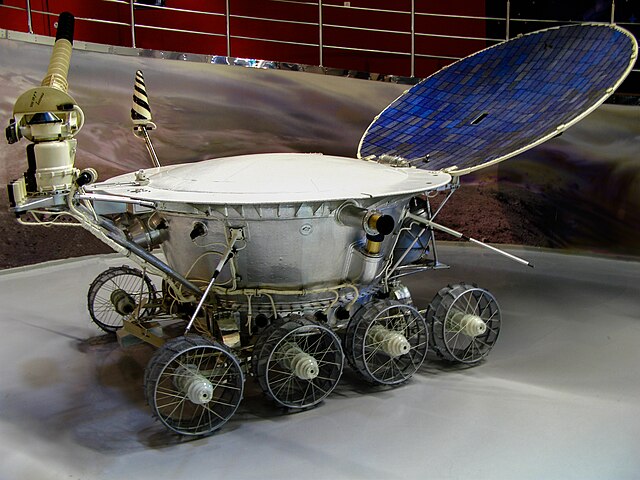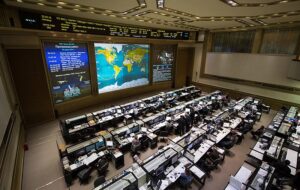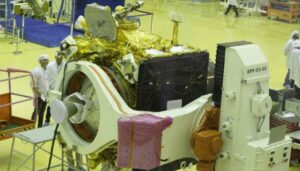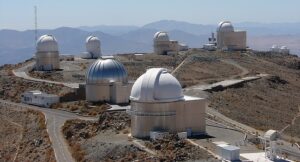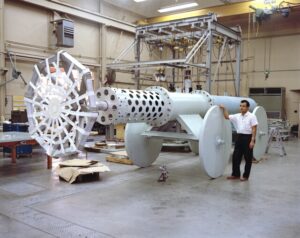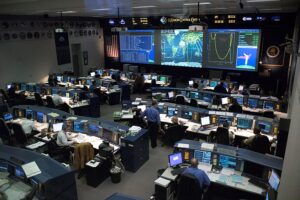The Museum of Cosmonautics, located in Moscow, Russia, is dedicated to the history of space exploration, with a particular focus on the achievements of the Soviet and Russian space programs. Opened in 1981, the museum aims to educate the public and commemorate the pioneering efforts that have contributed to humanity’s understanding of space.
The museum’s significance lies in its extensive collection of artifacts, including spacecraft, space suits, instruments, and memorabilia from key space missions. Notable achievements highlighted include Yuri Gagarin’s historic first human spaceflight, the launch of the first artificial satellite, Sputnik, and the successful missions of the Luna, Vostok, and Soyuz programs.
History and Evolution
The origins of the Museum of Cosmonautics date back to the 1960s when the Soviet Union was leading the race to space. The museum was established to honor the country’s achievements and educate the public about the scientific and technological breakthroughs in space exploration.
Officially opened on April 10, 1981, to coincide with the 20th anniversary of Yuri Gagarin’s pioneering spaceflight, the museum has since expanded its exhibits and programs. Over the years, it has chronicled significant missions such as the launch of Sputnik 1 in 1957, which marked the beginning of the space age, and the Vostok 1 mission in 1961 that made Gagarin the first human in space.
Technological innovations displayed include the development of the Soyuz spacecraft, which continues to be used for manned spaceflights. The museum’s evolution reflects the ongoing advancements in space technology and exploration, showcasing both historical achievements and contemporary efforts in the field.
Infrastructure and Facilities
- Exhibition Halls: Featuring spacecraft, space suits, and instruments used in various missions.
- Yuri Gagarin Hall: Dedicated to the first human in space with personal artifacts and mission details.
- Interactive Displays: Allowing visitors to engage with space technology and understand the mechanics of space travel.
- Cosmonaut Training Simulators: Providing insights into the training regimes of cosmonauts.
- Planetarium: Offering shows on astronomy and space exploration.
- Memorial Area: Honoring the lives and contributions of key figures in space exploration.
- Educational Programs and Workshops: Designed to inspire and educate visitors of all ages about space science.
